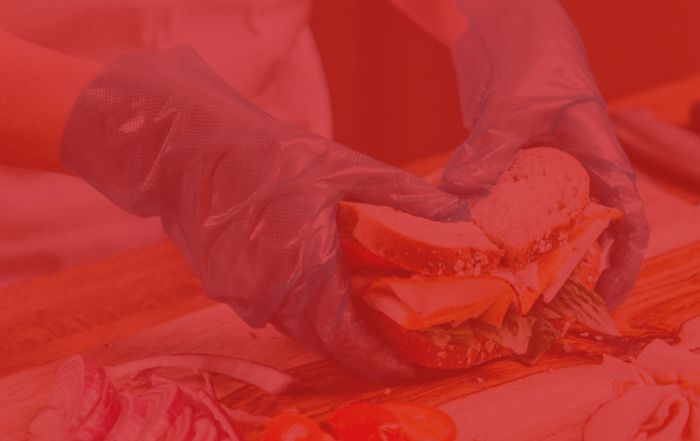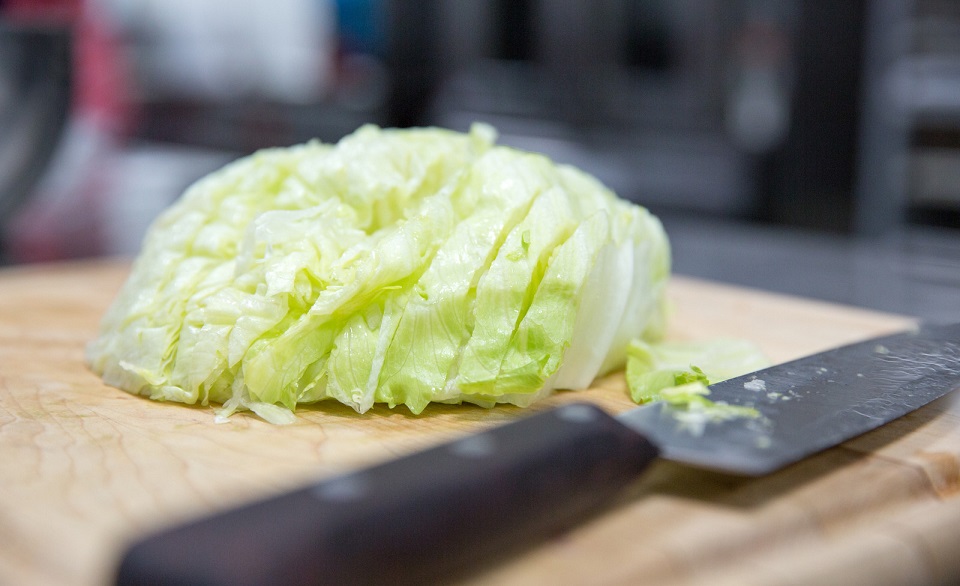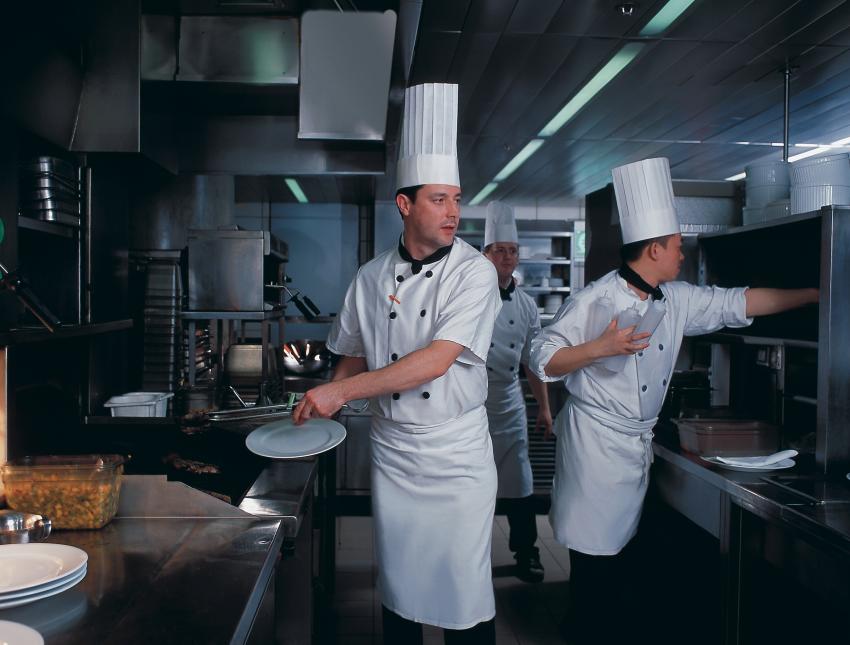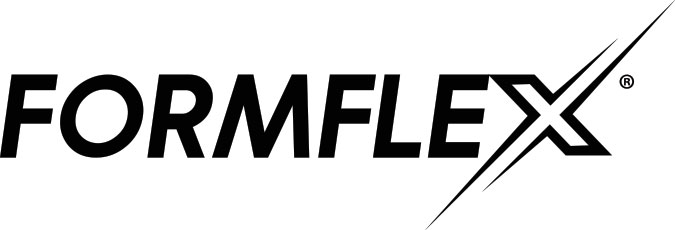What Do Your Guests see? A Front of House Checklist to Ensure Quality and Safety of Food
Hi Everyone! Here it is September already – Food Safety Education Month! Where did the summer go????
As you may recall from the first blog posted in August, we talked about how Risk-Based Inspections are the new normal for most regulatory health authorities and the importance of day-to-day oversight to prevent foodborne illness and ensure quality of food served. In our opinion every staff member in the foodservice operation has a role to play in keeping food safe and meeting quality standards.
Being big believers in checklists, we created a 21-point checklist (see second August blog) to help address key risk factors in the back of the house–time and temperature controls, food from approved sources, cleaning and sanitizing, and of course, employee health and hygiene.
As promised, here is a checklist focused on activities that occur in the front of the house. We advise that before doors open each day (or before each meal period), a “walk about” be conducted to see what your customers will see. This task can (and should) be rotated among staff members. (Of course, supervisor still need to monitor practices throughout the operation to be sure policies and procedures are followed.) For any item that receives a “No”, corrective actions should be noted indicating changes made to meet the standard. Whoever has the assignment for the day, signs their name. This checklist has 28 items focused on staff and the facilities (think of these as people and place). Of course, you can modify this checklist to address specifics for your operation. But the key is to raise awareness that the responsibility for safe food belongs to everyone, and to train the eyes of staffers to recognize needed areas of improvement!
Risk Nothing!

READ MORE POSTS
Greens & Spinach – Please Lettuce Be Safe to Eat
According to the new food nutrition pyramid, we are to eat at a minimum, around 3 cups of dark green vegetables along with other servings of fruits and vegetables each week. That is becoming more difficult as outbreaks such as E. coli 0157:H7 creates bad news for the produce industry, not to mention the victims.
Refrigeration Tips to Keep Your Food Safe
A refrigerator is one of the most important pieces of kitchen equipment for keeping foods safe. In a food service environment, our existence depends on the cooling equipment. The science of refrigeration has evolved from prehistoric times when man found his wild game would last longer packed in the coolness of a cave or packed in snow. Our ancestors harvested ice to keep food cold. Now, if the power goes off, we are instantly reminded of the refrigerator’s importance to our daily life, at home and certainly in a food service facility.









